Perfect thermal monocular as multifunctional tools could be a “game-changer” for variate needs. Detecting and searching with less limitation are the main reason that thermal imaging monocular are born while humans will have disadvantages in observing with the traditional instruments. But for the actual question that will be listed out: how can we choose the perfect thermal monocular? Before come with that, let's start with a simple introduction of the working principle on thermal.
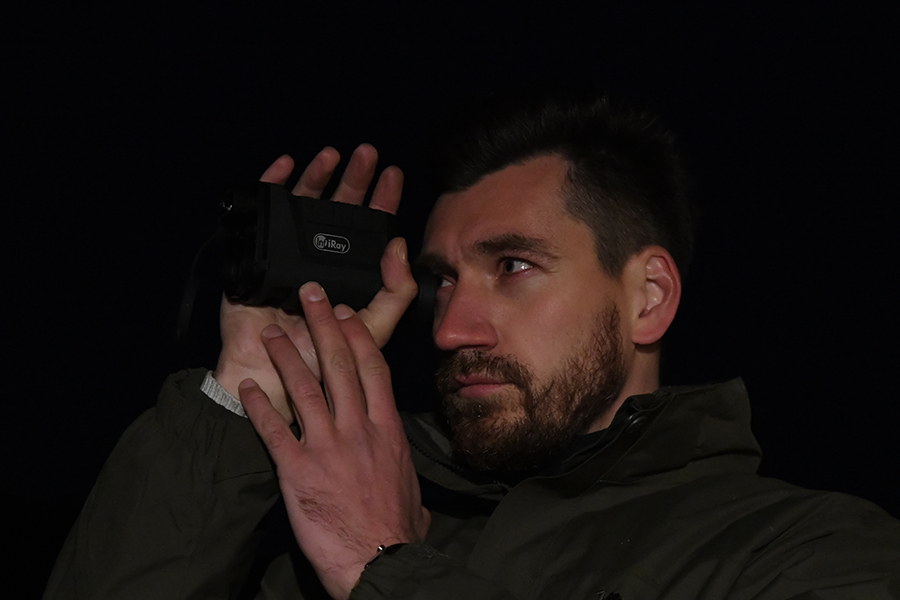
Everything with a temperature over -273.15℃ emits infrared thermal radiation. The higher the temperature, the stronger the radiation is. The thermal sensors inside of the device detect the radiation and transform it into electric signals. Through the complex digital processing, these signals will be converted into thermal imaging and displayed on the high-resolution OLED or LCOS screen, that's how the thermal works commonly.
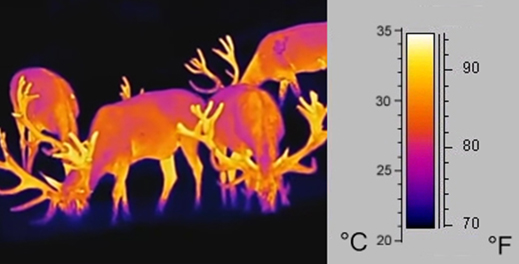
Back to the question, when you decided to upgrade your setup to thermal monocular or just newcomer interested in thermal monocular, the first factor you should think about is your budget for it. High quality thermal monocular is a high-value product because of the production cost. With a certain budget, the next thing we should pay attention to is the main specifications that affect the performance.
Thermal sensor
It should be known that thermal sensor resolution directly affects the clarity of the thermal image. Under the same pixel pitch, the higher the sensor resolution, the clearer the thermal imaging quality is. Nowadays the mainstream of sensors on the market are 12μm and 17μm, under the same condition, the units with 17μm sensors usually create clearer and more crisp thermal imaging. However, the shorter detection range is the weakness of 17μm compared to 12μm. And with trends, 12μm thermal sensor holds gradually the dominate status.
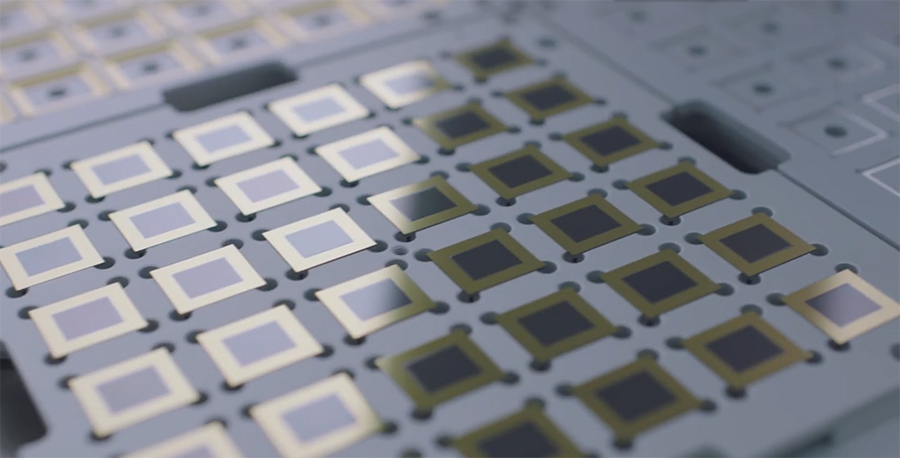
Thermal Lens
The material of the lens determines the light transmittance, which has a certain impact on thermal image quality. InfiRay thermal monoculars adopt Ge-lenses, which have higher transmittance and lower reflection to thermal radiation ranging from 8-14μm. The focal length of the lens also determines the detecting range. The larger the focal length, the farther the detecting distance is.
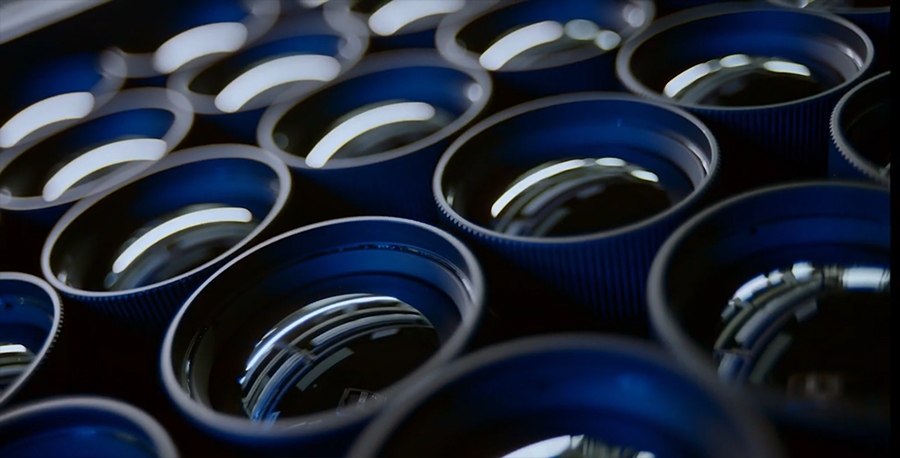
Sensor NETD (Sensitivity)
NETD comes with sensor performance. In fact, it is this parameter that determines the sensitivity of the thermal monocular which means the minimum temperature difference that the product can detect. If sensor NETD≤25mK, it means that the minimum temperature difference that the detector can detect is 0.025°C. Thus, the smaller the NETD, the more sensitive the thermal monocular is. With industry-leading thermal sensor technology, InfiRay has released thermal monocular E6 Pro, E6+ V3.0 and ZOOM ZH38 featuring sensor NETD≤25mk (@25 °C,F#=1.0), with ground-breaking features the users will experience from it.
Detection range
With certain detection range parameters you can know exactly how far the thermal monocular can detect and search. Take E6 Plus thermal monocular, a detection range up to around 1280 meters denotes that a standard human target size 1.7m×0.5m under the humidity condition can be detected in distance of 1280 meters. More importantly, you should have the recognition between visible range and detection range. When visible range focuses more on the recognition, the detection range places high value on detecting the target.
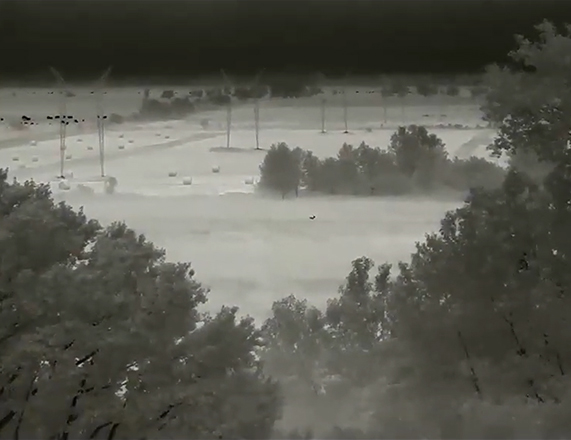
The battery
There are two kinds of batteries for thermal monoculars on market, integrated built-in batteries and the replaceable battery pack. It's a side-by-side comparison. The built-in battery has gained advantages in constructive stability and durability, while the portability and continuous battery time keep with replaceable batteries. 4-5 hours using time is commonly sufficient for hunters.
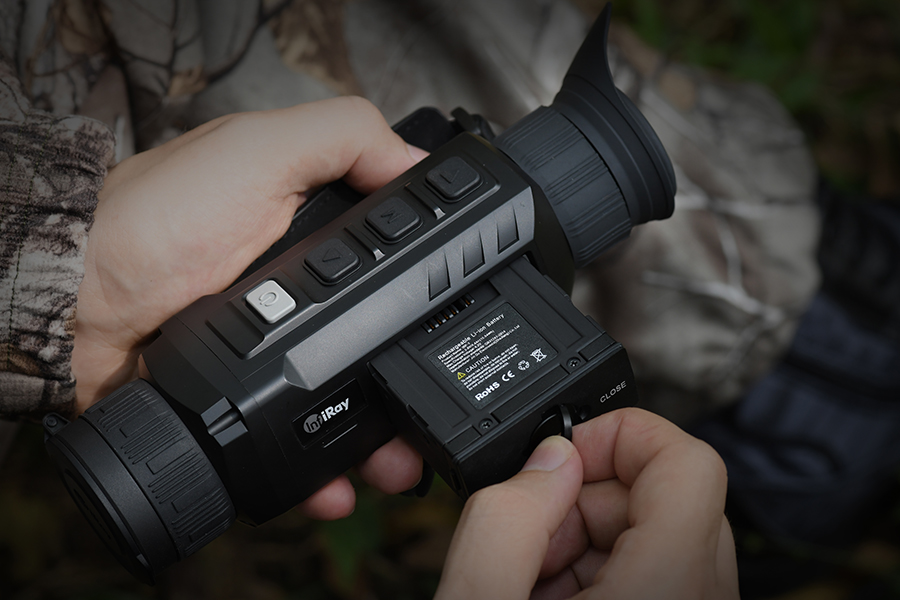
Menu options
The reason why thermal monocular can be a “game-changer” is that it is internally multifunctional as well as powerful outside. The user is capable of handling the circumstance with versatile options through which he can taste the freedom even in the complete darkness. The most commonly used functions on the thermal monocular are PIP (picture in picture), color palettes, video and photo taking.
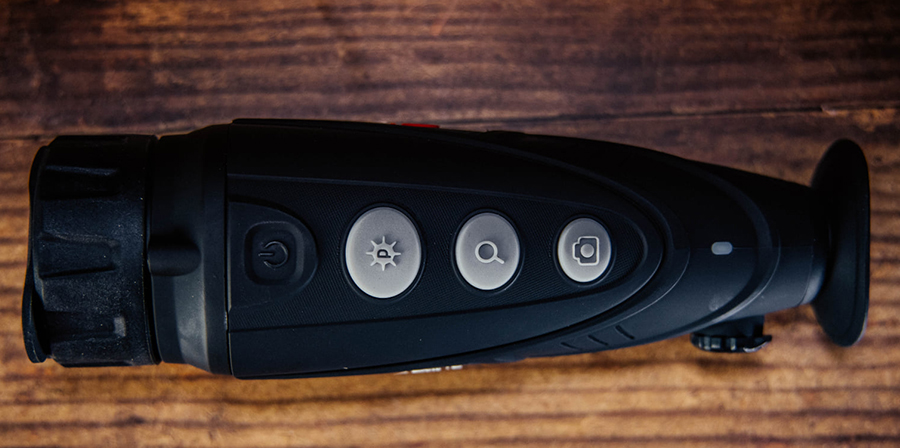
In conclusion, a good thermal monocular will catch up the user's eye when they start from the first bite. The users for whom imaging quality is the centerpiece of the decision making,the parameters like thermal lens and its focal length, NETD and high resolution display are their main factors to consider. But for users who prefer to having functional operations and using experiences, the internal menu options like built-in memory, color palettes, Wi-FI and battery are just important as the parameters that determine the imaging clarity.
So after the introduction, if you want to know more about InfiRay thermal monocular, please visit our website: https://www.infirayoutdoor.com/thermal-imaging-scope-monocular_c4